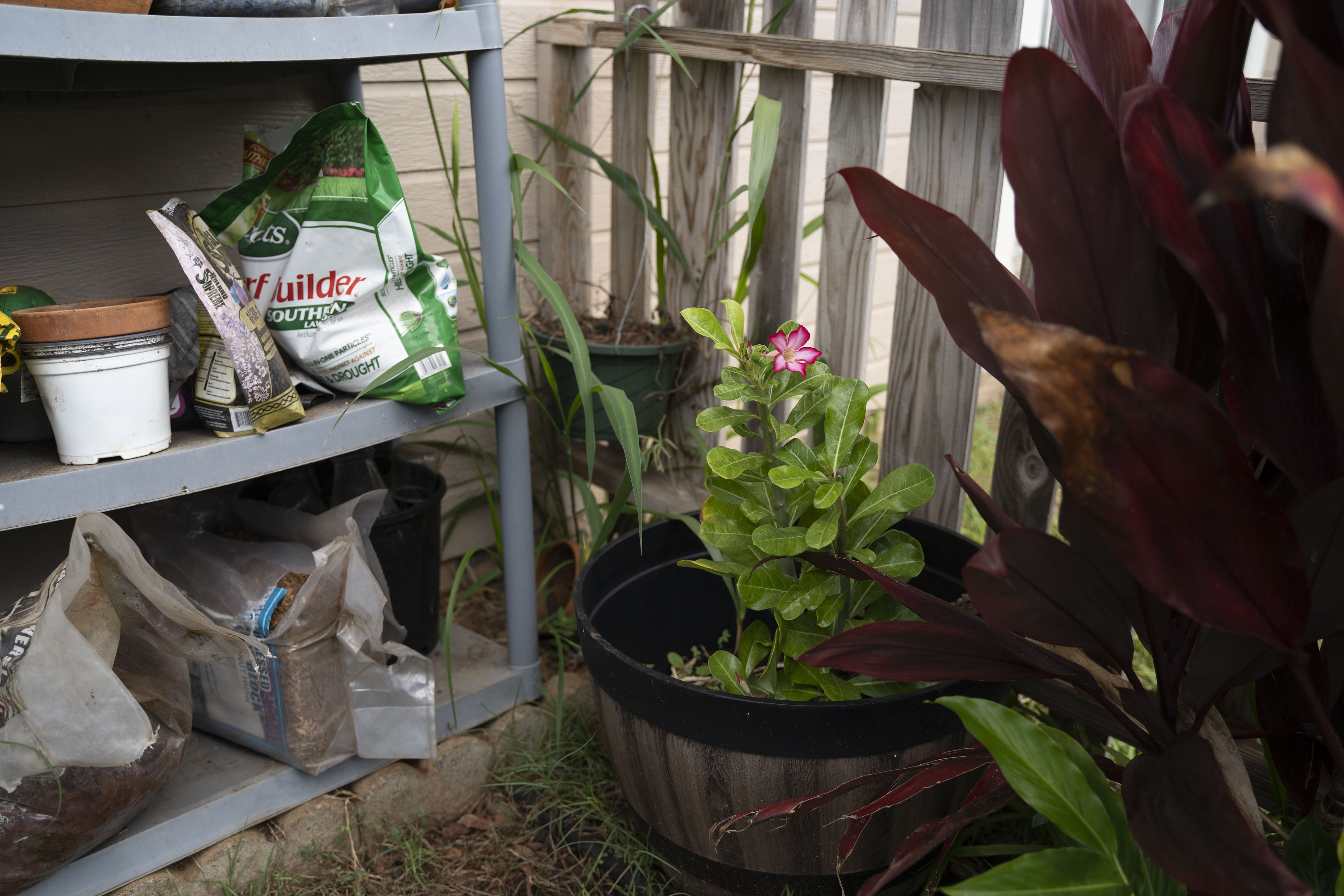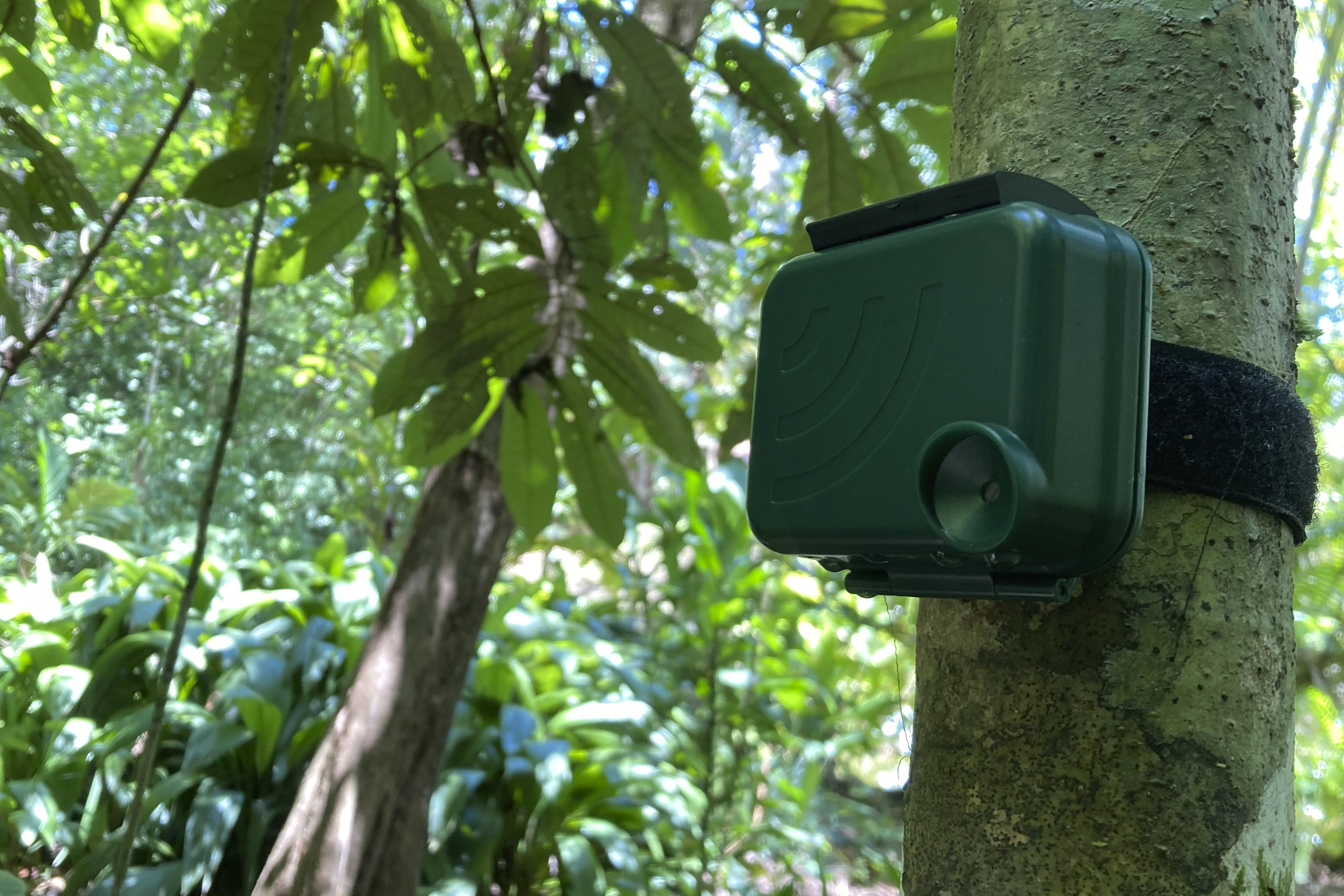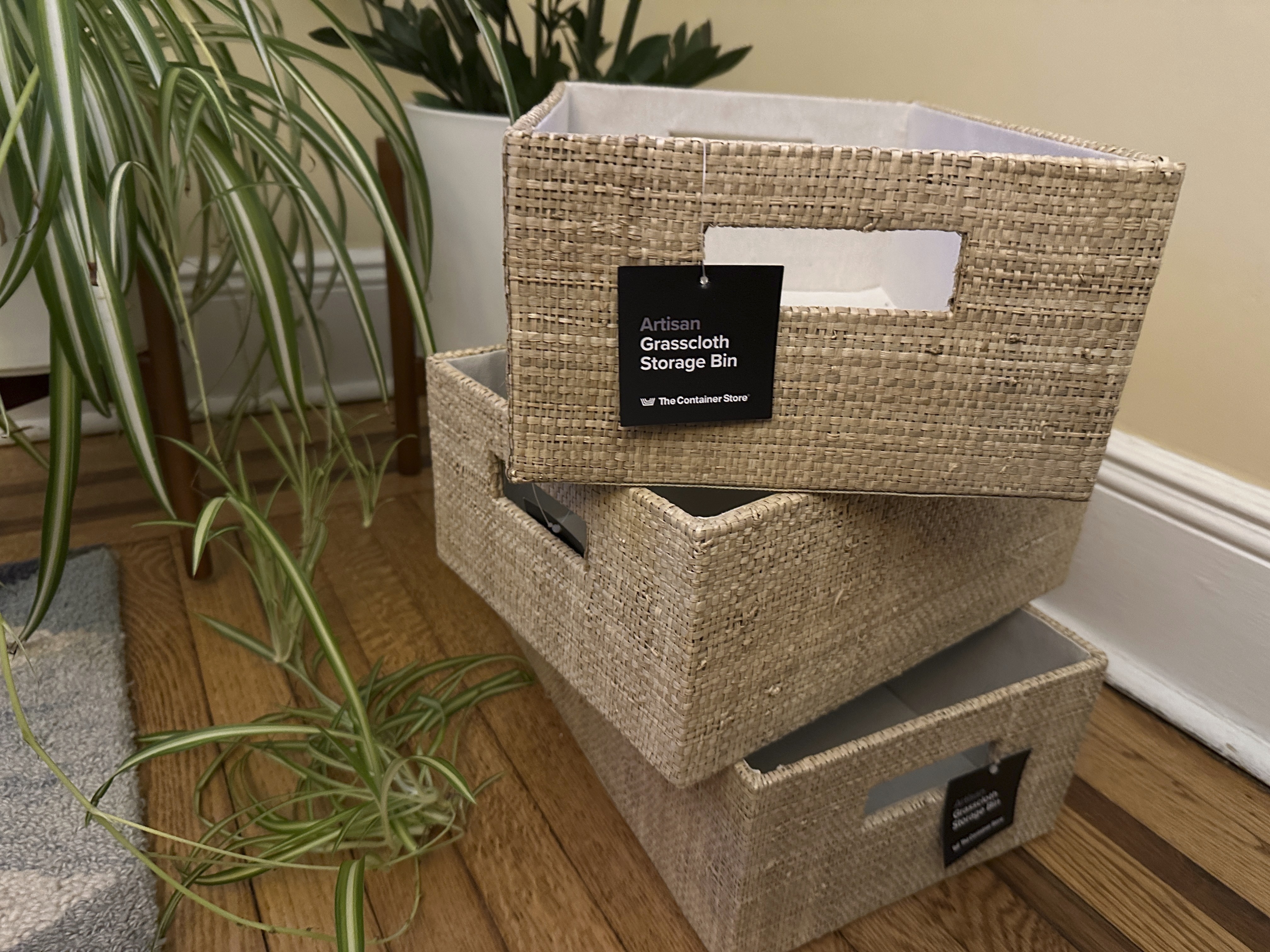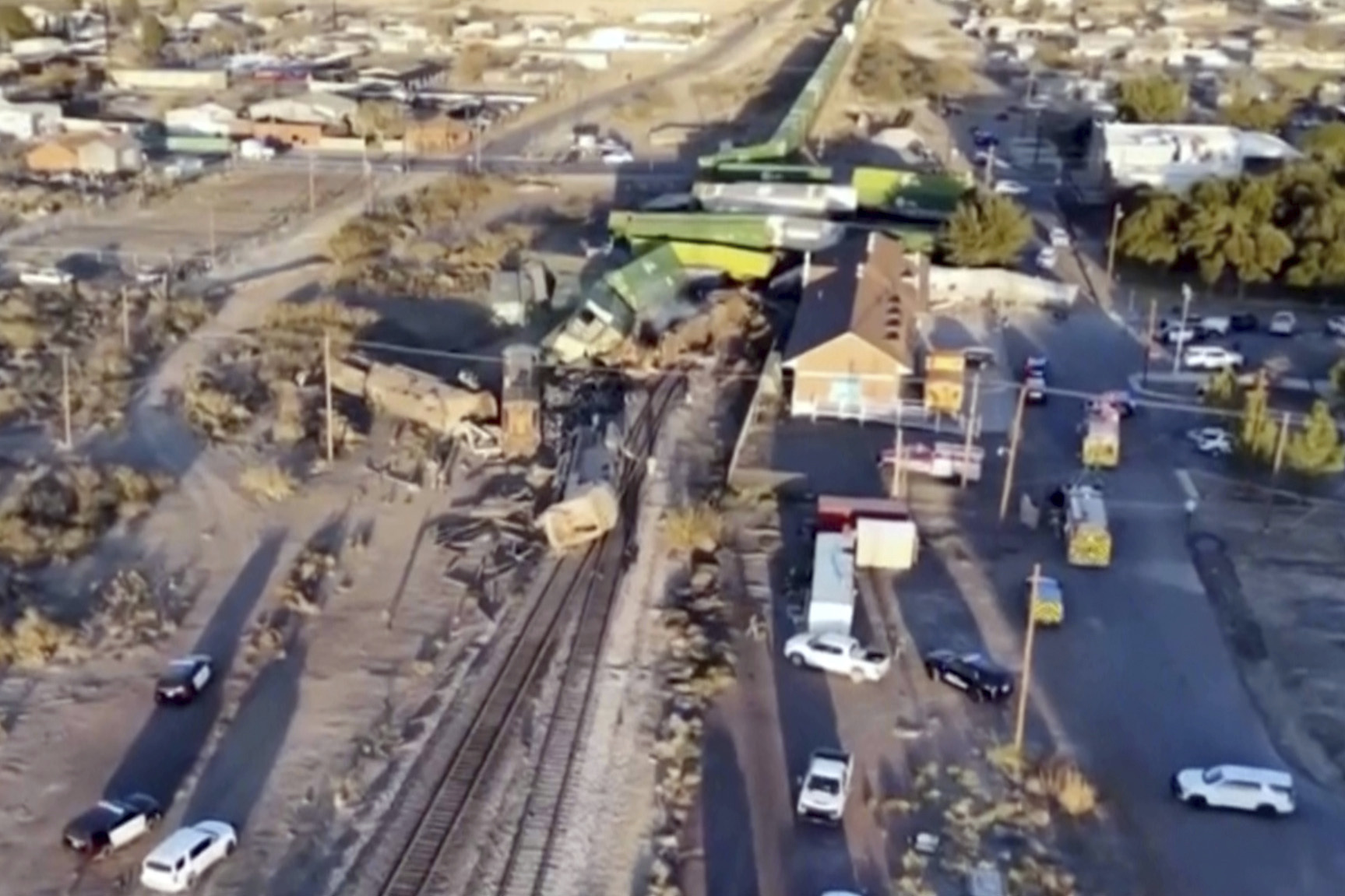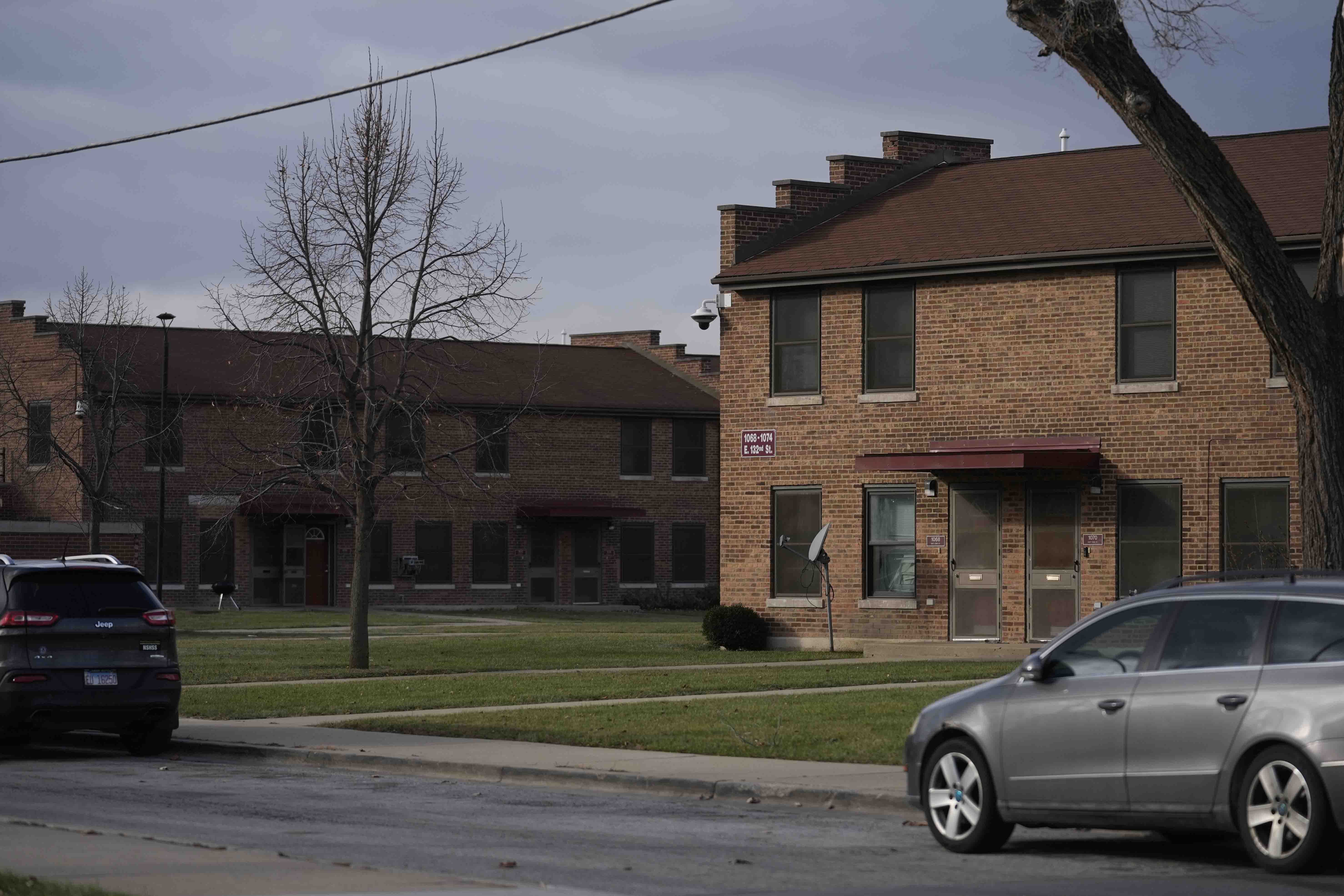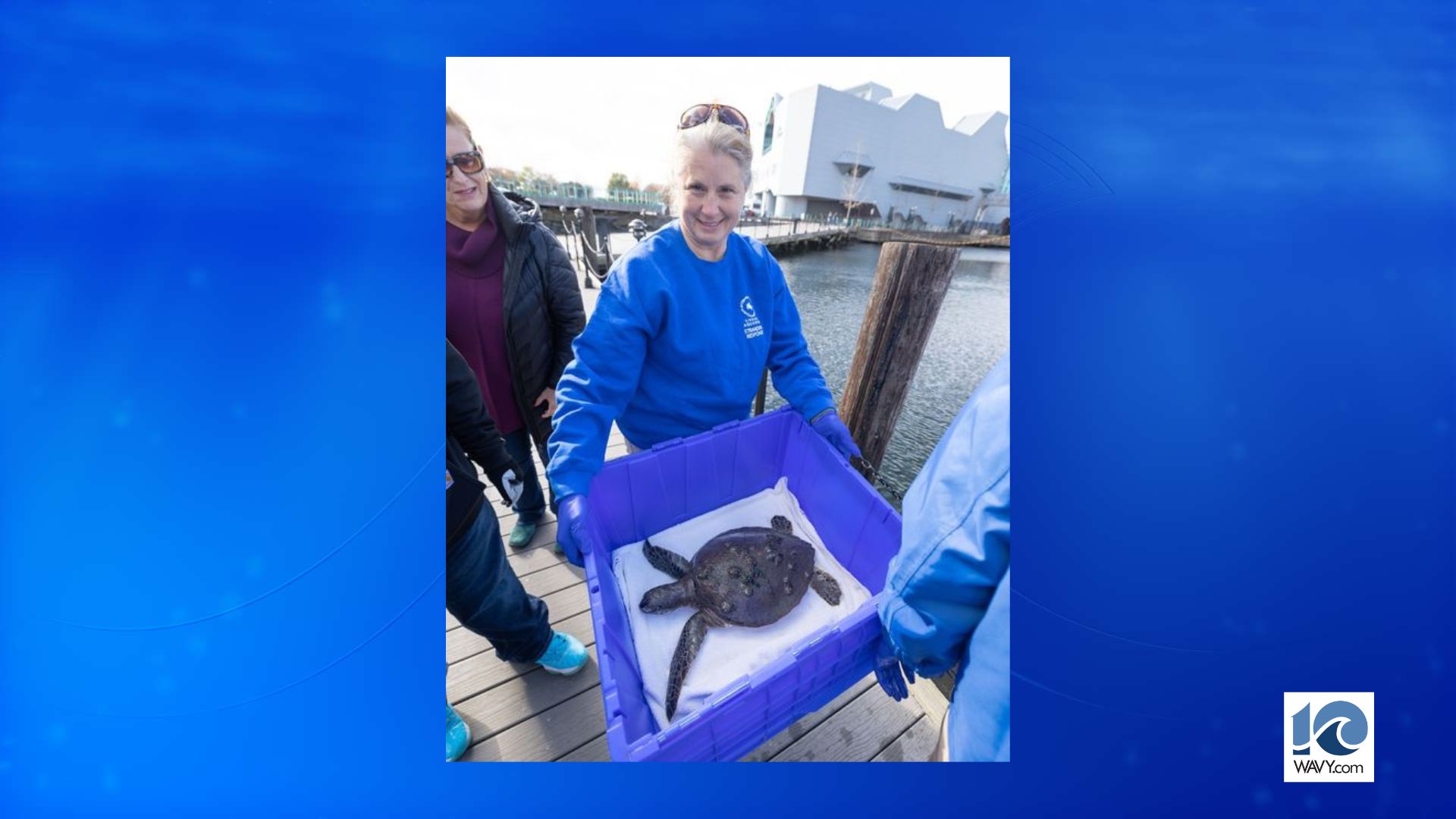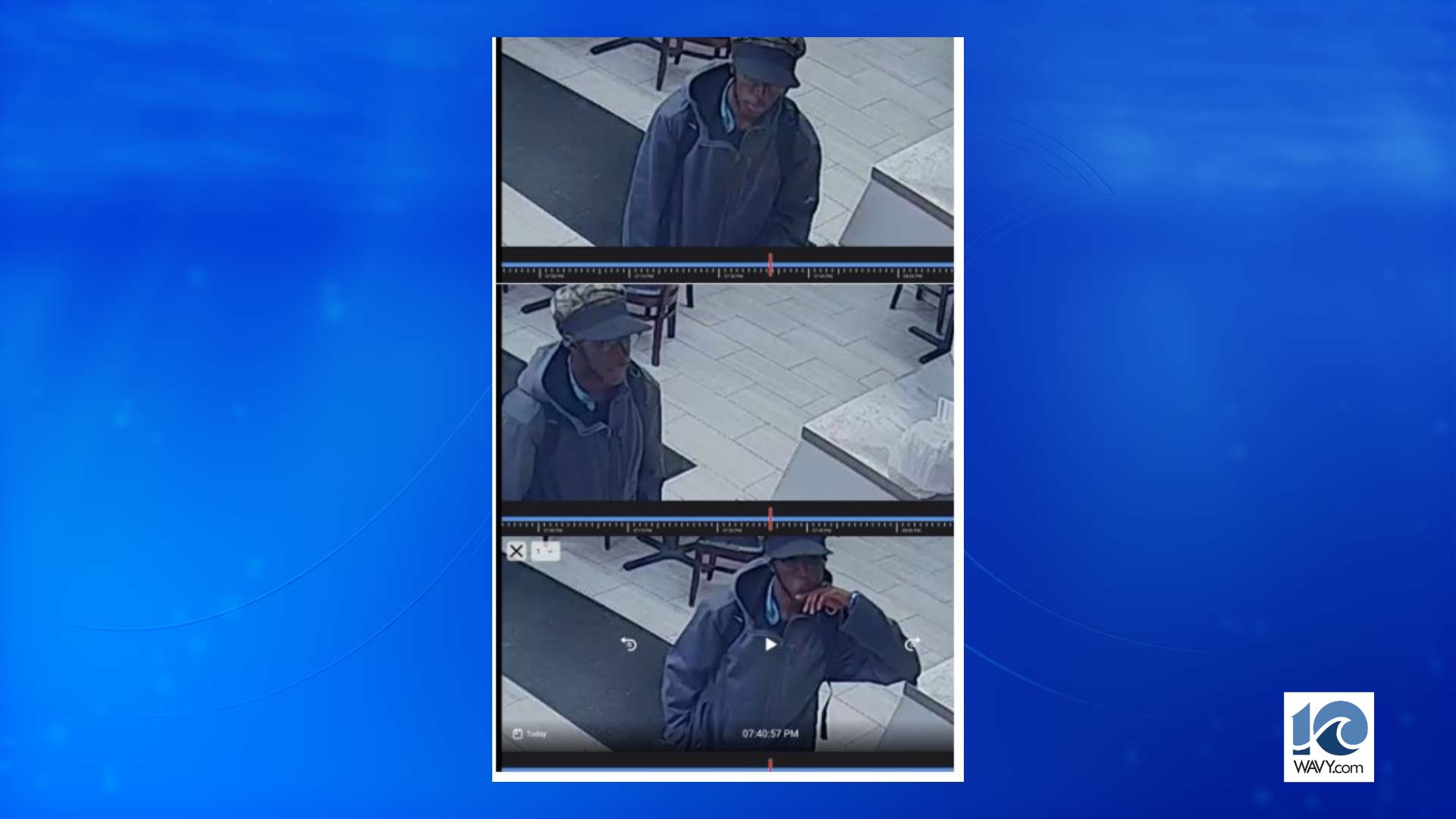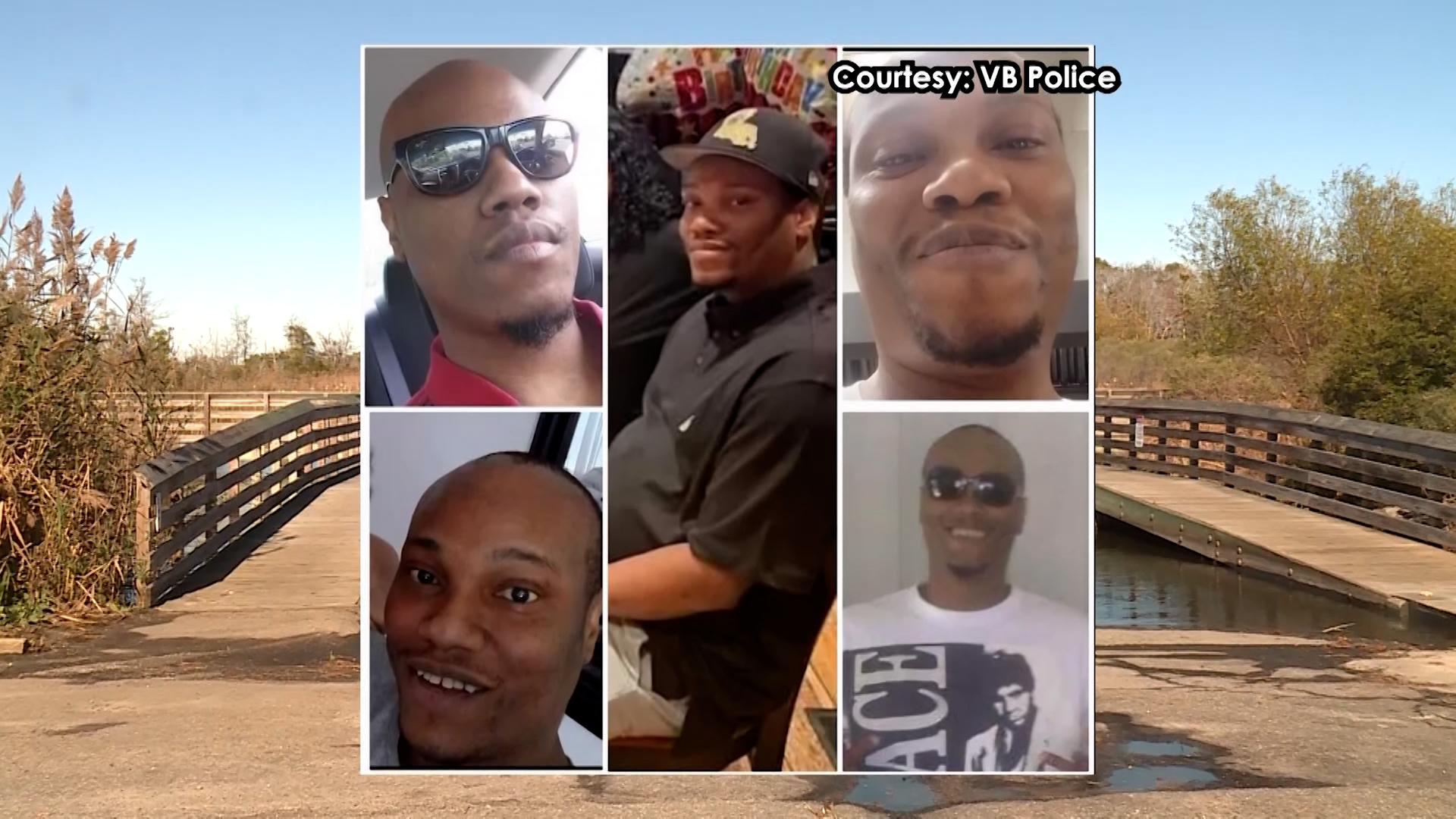RICHMOND, Va. (WRIC) — As winter weather encroaches, VDOT has issued an advisory encouraging drivers to be prepared with an emergency winter driving kit.
In addition to keeping a winter weather driving kit, VDOT recommends drivers avoid non-essential travel during winter weather. Drivers should also inspect their car’s tires and fluid levels and clear all ice and snow from windows, windshields and mirrors before driving.
VDOT recommends adding the following items to a winter weather driving kit:
- Flashlight and extra batteries
- Ice scraper
- Cell phone and charger
- Jumper cables
- Blankets or quilts
- First aid kit
- Bottled water
- Non-perishable food (nuts, energy bars)
- Abrasive material for traction (cat litter, sand)
- Shovel
If a blizzard traps you in your car or truck, VDOT recommends taking the following steps:
- Pull off the highway. Turn on hazard lights and hang a distress flag from the radio antenna or window.
- Make yourself visible to rescuers:
- Turn on the dome light at night when running the engine.
- Tie a colored cloth (preferably red) to your antenna or door.
- Raise the hood indicating trouble after snow stops falling.
- Remain in your vehicle where rescuers are most likely to find you. Do not set out on foot unless you can see a building close by where you know you can take shelter. Be careful; distances are distorted by blowing snow. A building may seem close, but could be too far to walk to in deep snow.
- Run the engine and heater for about 10 minutes each hour to keep warm. When the engine is running, open an upwind window slightly for ventilation. This will protect you from possible carbon monoxide poisoning. Periodically clear snow from the exhaust pipe.
- Exercise to maintain body heat, but avoid overexertion. Vigorously move your arms, legs, fingers and toes to keep blood circulating and to keep warm.
- In extreme cold, use seat covers, and floor mats for insulation. Huddle with passengers and use your coat for a blanket.
- Take turns sleeping. One person should be awake at all times to look for rescue crews.
- Drink fluids to avoid dehydration.
- Be careful not to waste battery power. Balance electrical energy needs – the use of lights, heat, and radio – with supply.
- Turn on the inside light at night so work crews or rescuers can see you.
- If stranded in a remote area, stomp large block letters in an open area spelling out HELP or SOS and line with rocks or tree limbs to attract the attention of rescue personnel who may be surveying the area by airplane.
- Leave the car and proceed on foot – if necessary – once the storm passes.






